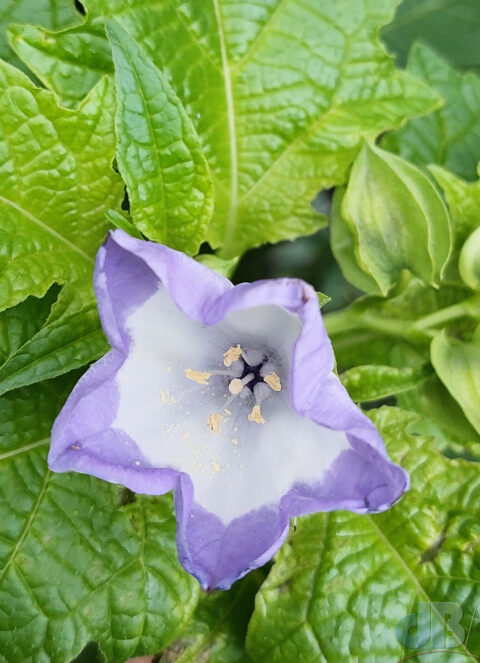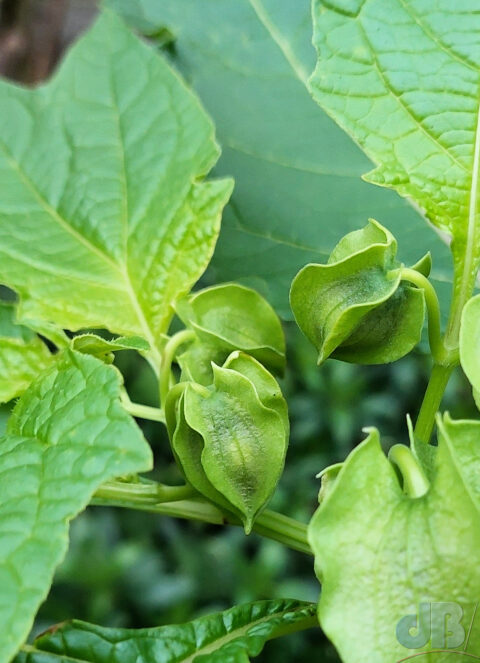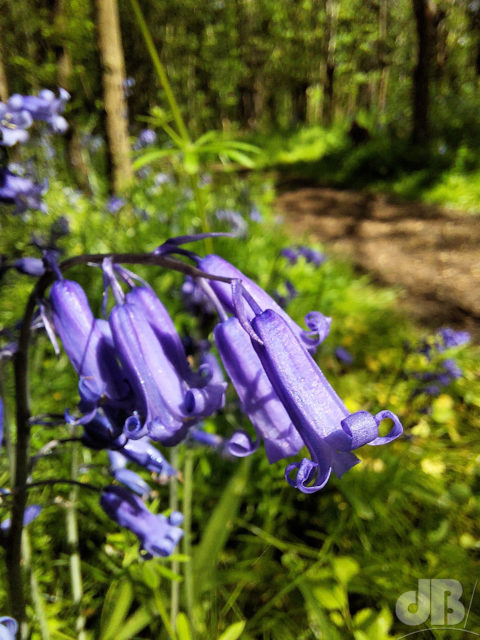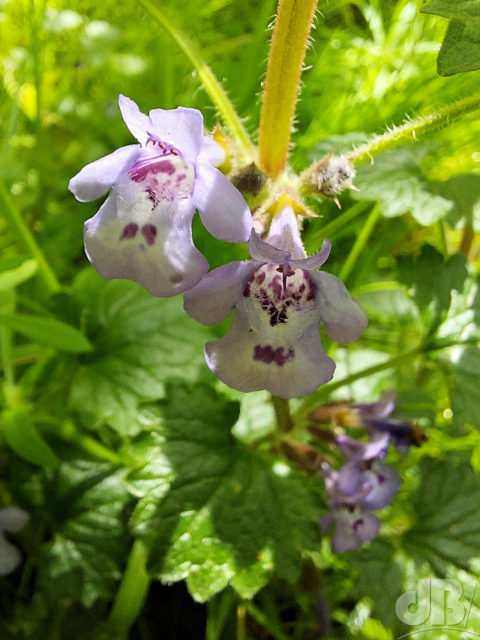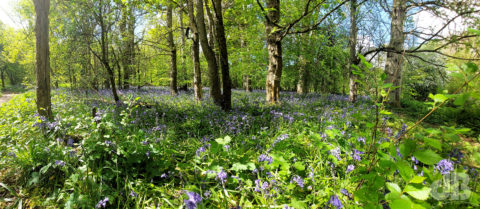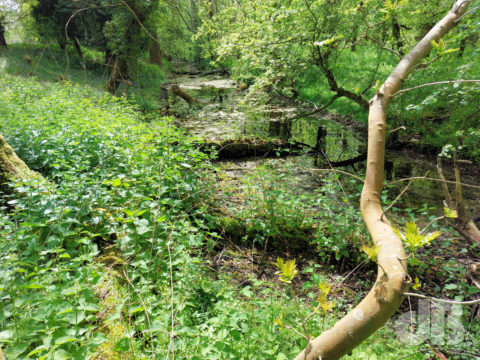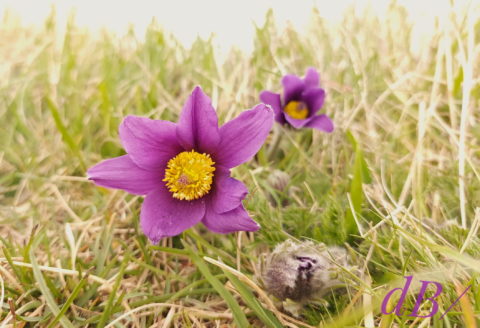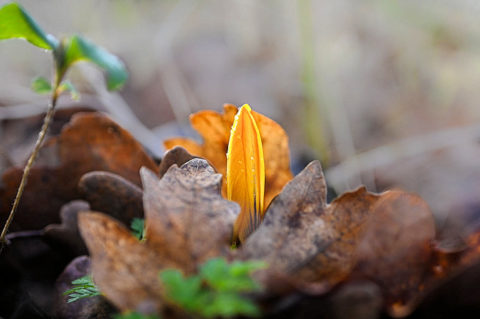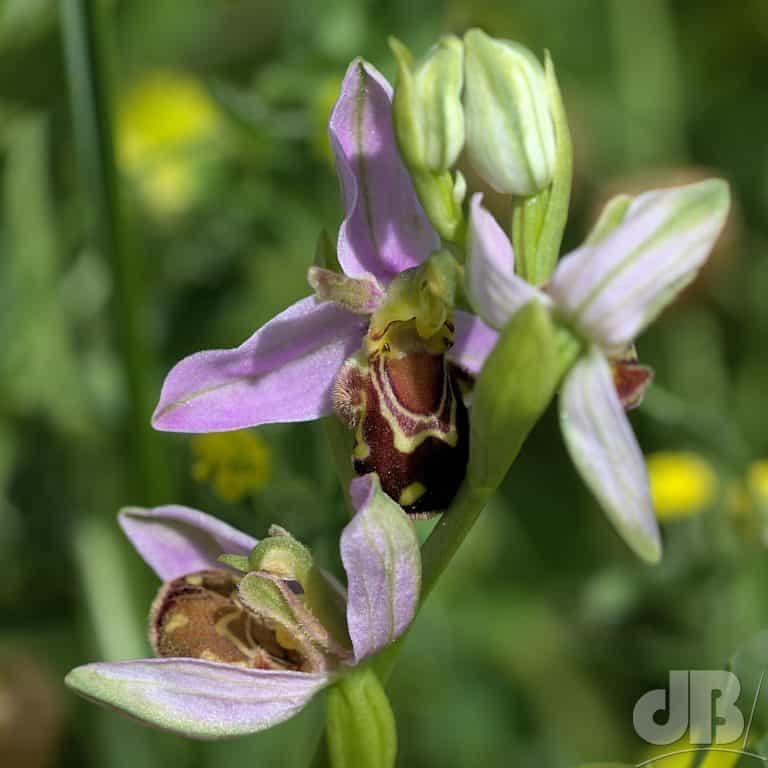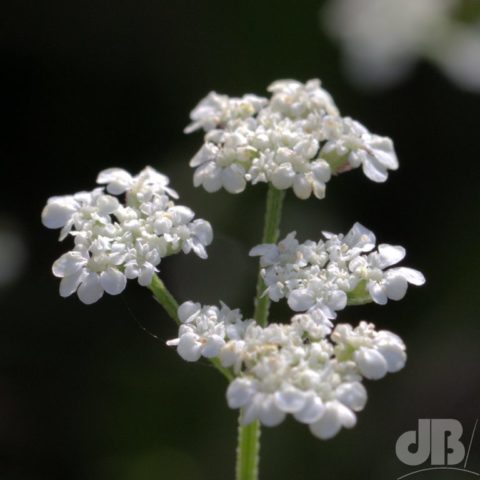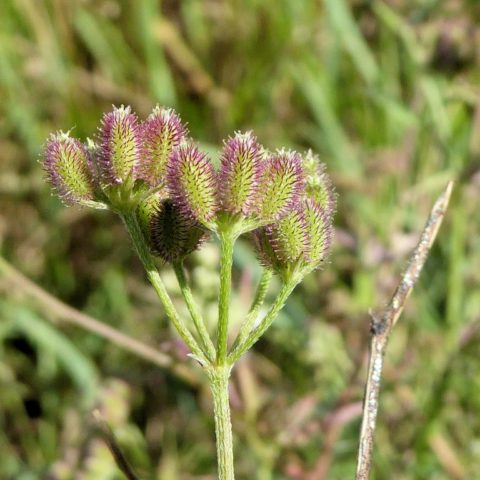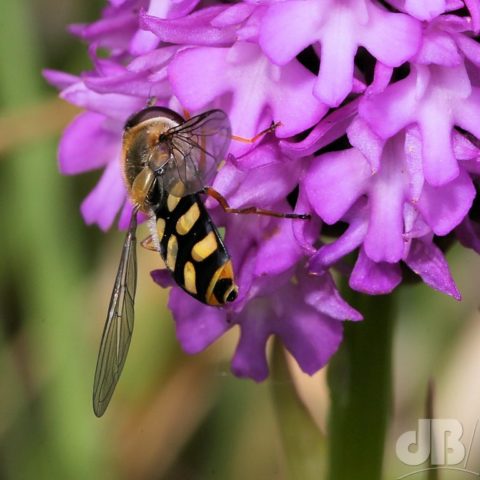For years our ailing rowan tree had a clump of male mistletoe, the neighbour’s much healthier tree was host to a berry-laden female that attracted a Mistle Thrush. The bird has a cackling call unlike the melodious and repeating sound made by the Song Thrush.*

Then, a couple of years ago, we sprouted a berry-laden female of our own and now the Mistle Thrush jealously guards its crop from other birds that might snaffle its berries.
The scientific name for this bird is Turdus viscivorus. Turdus is Latin for thrush, viscum is Latin for sticky. European Mistletoe Viscum album, album meaning white (for the colour of the berries).
Now, mistletoe is a hemi-parasite that relies on its berries being eaten by birds like the Mistle Thrush to complete its reproductive cycle. The bird’s digestive tract does not process the whole berry and it will excrete a dollop of partially digested berry with an intact seed within. The sticky mass requires a wipe and how better than to do that against the bark of a tree. Once detached from the avian cloaca, the dollop of berry with seed will germinate and embed into the host tree. It will tap into the tree’s nutrient and water supply, but as you can see mistletoe is not wholly parasitic, this evergreen species is replete with chlorophyll in its leaves and can carry out photosynthesis to make sugars from water and atmospheric carbon dioxide. Some of the sugars it makes will most likely help sustain its tree host.
Incidentally, mistletoe berries are not actually berries, they’re drupes. A berry is defined botanically as a fleshy fruit produced from a single plant ovary, with seeds embedded in the flesh. Examples include tomatoes and blueberries. A drupe, by contrast, is a fruit with an outer fleshy part and a hard, stony pit that encloses the seed examples of drupes are cherries, peaches, olives, and mistletoe berries. It’s worth noting that they are potentially fatally toxic, so if you do hang some mistletoe at Christmas, be cautious if you have pets and children around. American Mistletoe is a different species and less toxic but ingestion is still capable of giving you a serious stomach upset.
The presence of mistletoe on trees is a good sign of low atmospheric pollution in the neighbourhood.
*I strongly suspect that the bird in the song A Nightingale Sang in Berkeley Square (lyrics Eric Maschwitz, music Manning Sherwin, 1939) was actually a Song Thrush, rather than the less common summer visitor, the Nightingale, which would likely not have frequented the urban environment of Mayfair even before World War II. The song was actually written in Le Lavandou, a fishing village in France, where Nightingales were probably heard far more often than in the posh bits of London.

